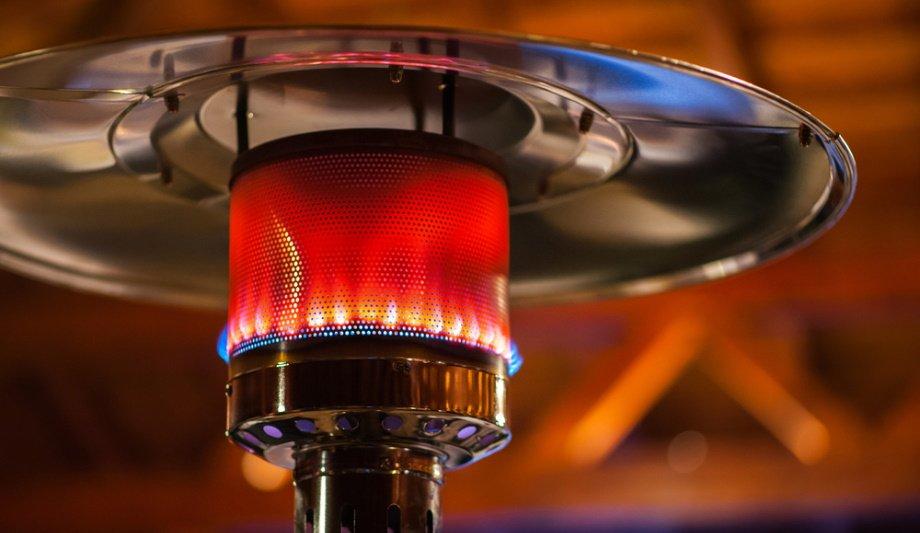California is moving to ban the sale of natural gas furnaces, heaters and water heaters by 2030. It is the first US state to make the move, in order to meet federal ozone standards.
In addition to California’s previous efforts to eliminate installation of gas-fueled equipment in new buildings, the new regulation will address the use of gas space heaters and water heaters in existing residential buildings. When it comes time to replace them, building owners will be required to transition to electric heat pumps or other zero-emission appliances.
Need for a strategy to tackle emissions in existing buildings
Eliminating use of fossil fuels in new buildings will only go so far in reducing carbon emissions
Eliminating use of fossil fuels in new buildings will only go so far in reducing carbon emissions. A strategy to tackle emissions in existing buildings is also needed.
Detractors of the plan express concerns about the resulting need to add more capacity to California’s electrical grid, which was brought to the brink of collapse during last summer’s heat wave. New plants need to come online, and more battery systems are needed before gas-powered equipment can be phased out.
Zero-emission advanced clean fleet regulations
Low-income residents could feel the burden of higher electric bills, too, although the costs of electricity for heat pumps are less because of greater efficiency, when compared to stand-alone air conditioners.
The California Air Resources Board (CARB) will implement the plan along with additional emissions controls targeting medium and heavy-duty vehicles. Zero-emission advanced clean fleet regulations will take effect by the 2040s, and further emission reductions will impact light-duty vehicles, motorcycles, and other consumer products.
High carbon emissions from space and water heaters
Some 90% of emissions from buildings come from space and water heaters, and the California Air Resources Board contends the ban will reduce pollution drastically in congested and low-income areas of the state. A draft rule will be created and a final vote on the new requirement will take place in 2025. California is seeking to achieve a carbon-free grid by 2045.
The new requirement does not include natural gas stoves, although 50 or so cities and counties, including Los Angeles and San Francisco, have sought to ban or limit use of gas-fueled stoves in new buildings. In all, homes are responsible for about 10% of U.S. carbon emissions, including space and water heaters, clothes dryers, and cooking stoves.
Advancing low- and zero-carbon energy technologies
Any proposal that bans natural gas or natural gas appliances would be harmful to consumers"
“Any proposal that bans natural gas or natural gas appliances would be harmful to consumers and to the environment,” says the American Gas Association, which represents more than 200 local energy companies, adding “America’s natural gas utilities invest millions of dollars every day to advance low- and zero-carbon energy technologies and reduce emissions, efforts that have led to a 69 percent decline in emissions since 1990.”
In addition to the impact on climate change goals, emissions from gas-powered appliances are also a source of air pollution, including nitrogen oxide (NOx). NOx both contributes to smog and can exacerbate respiratory conditions, such as asthma. Natural gas water headers also emit methane, which is vented outdoors.
Funds to relieve the economic burden of decarbonization
In California, funding is available to relieve the economic burden of decarbonizing buildings. Most of the US$ 1.4 billion in available funding is targeted to low-income families.
The new proposal to ban natural gas heating includes rebates to those who make the transition. Also, the federal Inflation Reduction Act provides rebates to offset the cost of converting from natural gas or propane to electric.

